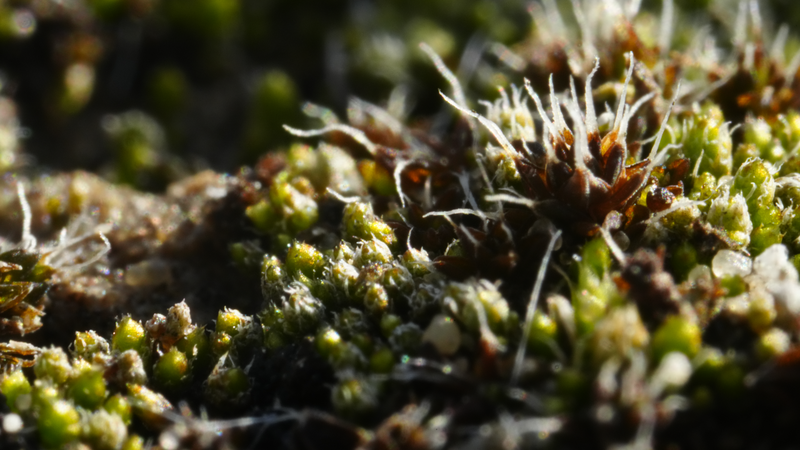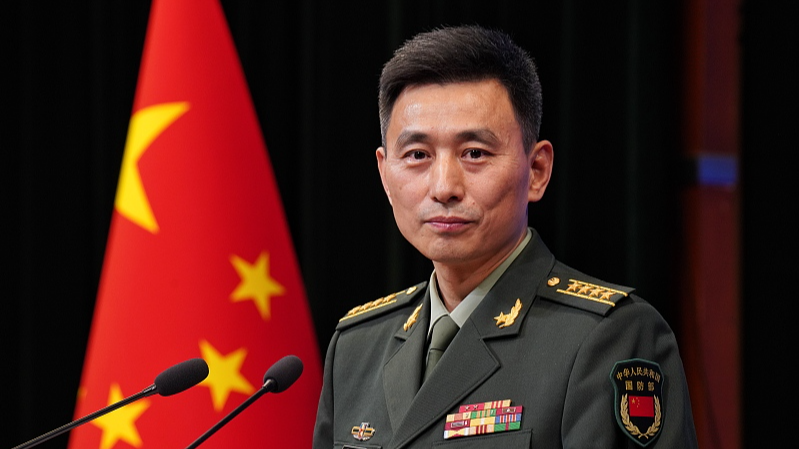Did you know that deserts have a “living skin”? Meet the biological soil crust (aka biocrust) – a thin, dark layer made of lichens, mosses & cyanobacteria that blankets the sand. 🌵✨
In the Gurbantunggut Desert, the second largest in the Chinese mainland, nestled in the Junggar Basin of the Xinjiang Uygur Autonomous Region, this hidden hero quietly holds shifting dunes in place, fights desertification & supports local biodiversity. Think of it as nature’s glue that keeps the desert together. 🦸♂️
Under natural conditions, forming a solid crust can take 10–20 years. But once established, it’s a game changer: dust storms calm down, native plants get a head-start, and microhabitats for insects and small critters emerge. 🌱🐞
As young eco-enthusiasts in South & Southeast Asia, you’ve seen land degradation firsthand – from the Thar Desert spreading in India to dry patches in central Thailand. Biocrusts offer a low-tech, high-impact solution to similar challenges at home.
Scientists are now using drones, satellite imaging & even smartphone apps to map and monitor these crusts. Some teams are experimenting with lab-grown biocrust “starter packs” that can jump-start ecosystem recovery. It’s tech meets nature! 🚁📱
Want to get involved? Keep an eye out on local conservation projects, join citizen science platforms, or simply spread the word. Sometimes, tiny organisms can make the biggest difference. Let’s give the desert its living skin back! 🌏🤝
Reference(s):
cgtn.com



